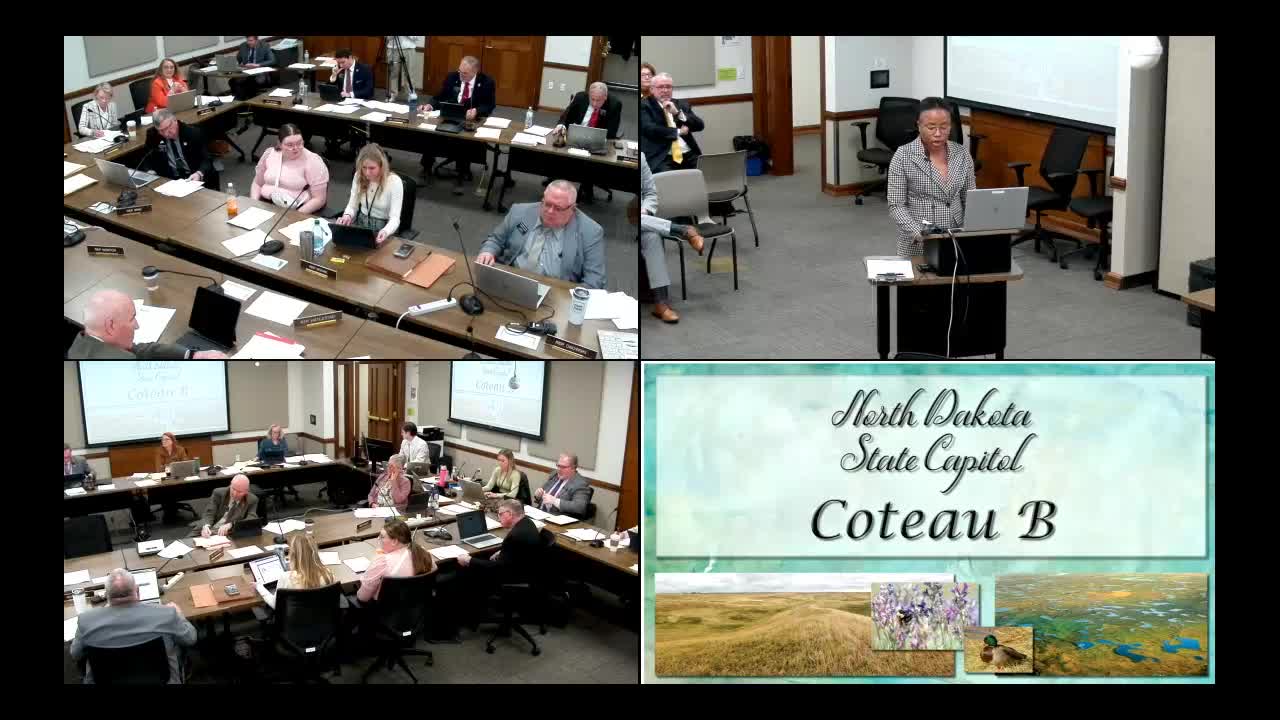Advocates urge committee to safeguard resources for public schools amid charter school expansion
March 11, 2025 | Education, House of Representatives, Legislative, North Dakota
This article was created by AI summarizing key points discussed. AI makes mistakes, so for full details and context, please refer to the video of the full meeting. Please report any errors so we can fix them. Report an error »

Concerns over resource allocation in North Dakota's education system took center stage during a recent House Education Committee meeting. Stakeholders voiced strong apprehensions about the potential unintended consequences of expanding charter schools, particularly regarding the impact on traditional public schools.
A key point raised was the risk of diluting already limited resources. Advocates warned that if charter schools recruit essential professionals, such as speech therapists and counselors, from public schools, it could leave these institutions understaffed. This situation could hinder their ability to adequately serve students with disabilities and other high-risk populations. For instance, a public school that relies on a single speech therapist for 20 students could face significant delays in service if that therapist is hired away by a nearby charter school.
The discussion highlighted a study from Pennsylvania, which found that the expansion of charter schools led to increased challenges for traditional public schools, particularly in serving students with severe disabilities. As charter schools often enroll fewer of these students, public schools are left to manage a disproportionate share of the responsibility, resulting in higher costs and staffing shortages.
To mitigate these issues, stakeholders recommended developing a funding and staffing model that ensures both charter and public schools have adequate resources. They also suggested encouraging collaboration between the two types of schools to share specialized staff and training programs, while safeguarding funding to prevent resource diversion.
While the committee acknowledged the bill's intent to prioritize at-risk students, the call for careful consideration of resource allocation underscored the complexities of balancing educational needs across different school types. The meeting concluded without further questions, leaving the future of resource distribution in North Dakota's education system hanging in the balance.
A key point raised was the risk of diluting already limited resources. Advocates warned that if charter schools recruit essential professionals, such as speech therapists and counselors, from public schools, it could leave these institutions understaffed. This situation could hinder their ability to adequately serve students with disabilities and other high-risk populations. For instance, a public school that relies on a single speech therapist for 20 students could face significant delays in service if that therapist is hired away by a nearby charter school.
The discussion highlighted a study from Pennsylvania, which found that the expansion of charter schools led to increased challenges for traditional public schools, particularly in serving students with severe disabilities. As charter schools often enroll fewer of these students, public schools are left to manage a disproportionate share of the responsibility, resulting in higher costs and staffing shortages.
To mitigate these issues, stakeholders recommended developing a funding and staffing model that ensures both charter and public schools have adequate resources. They also suggested encouraging collaboration between the two types of schools to share specialized staff and training programs, while safeguarding funding to prevent resource diversion.
While the committee acknowledged the bill's intent to prioritize at-risk students, the call for careful consideration of resource allocation underscored the complexities of balancing educational needs across different school types. The meeting concluded without further questions, leaving the future of resource distribution in North Dakota's education system hanging in the balance.
View full meeting
This article is based on a recent meeting—watch the full video and explore the complete transcript for deeper insights into the discussion.
View full meeting
